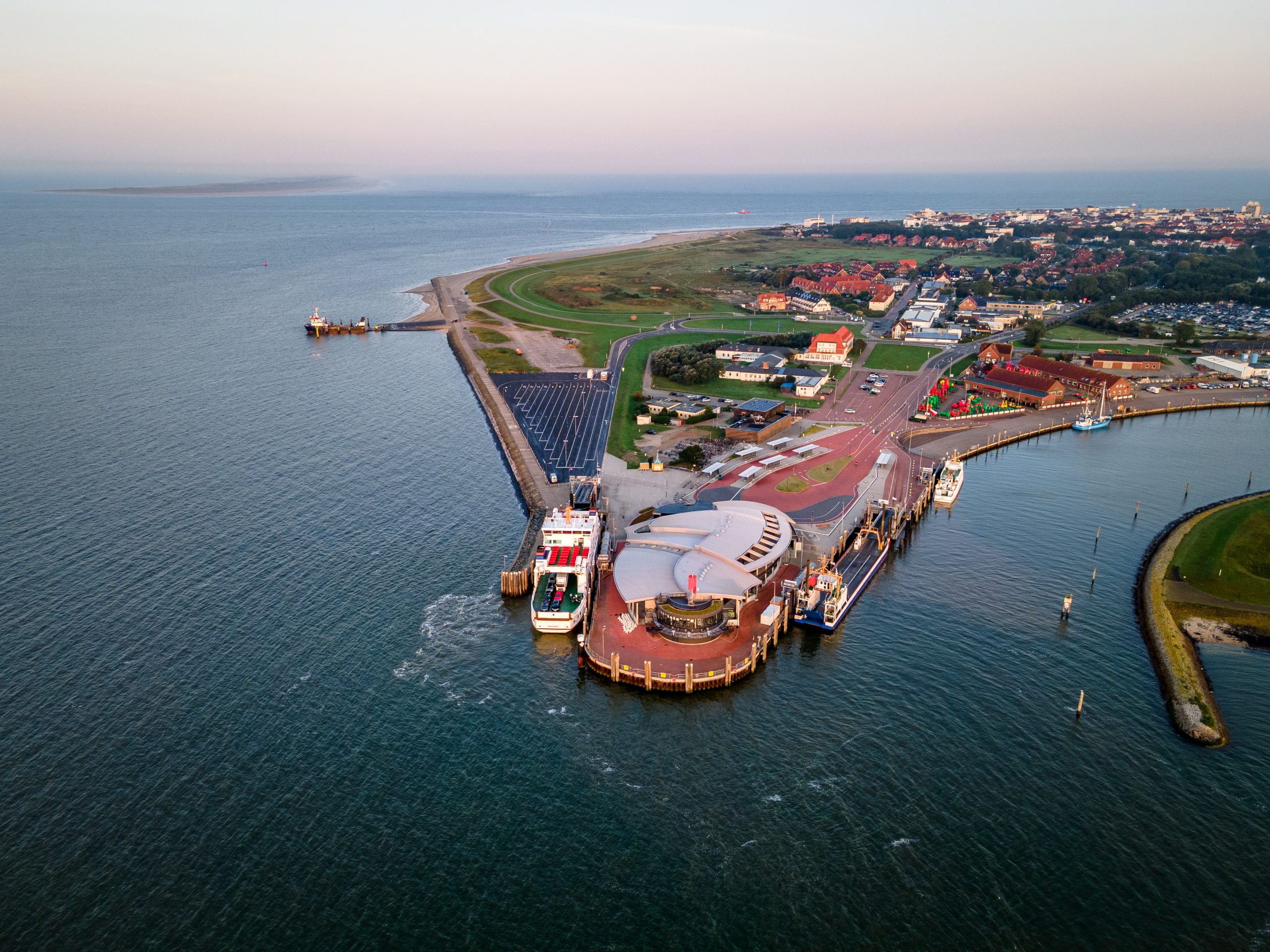 Frisia_Hafen Norderney. Foto: Frisia
Frisia_Hafen Norderney. Foto: Frisia
Fast charging system provider Heliox is part of the HYPOBATT (Hyper powered vessel battery charging system) pilot project and is supplying shipping with a modular multi-MW ship charger
The EU Commission launched the project as part of the “Clean and competitive solutions for all transport modes” initiative to show that ferry electrification is feasible. As one of the 19 European partners, Heliox will develop a charging system for e-ferries with an output of 2 MW for ship operations between Norddeich and Norderney. The charging infrastructure will also be used by port vehicles. The aim of the project is to standardize the charger for e-ferries, to develop new business models for battery-powered boats and to make ferry operations faster and more sustainable.
“We are very proud to be part of this project and to accelerate the electrification of the maritime industry by applying our knowledge and experience in automotive charging technologies. This is an incredible opportunity to design, commission and demonstrate successful use of a MW e-ferry charging system.” said Mark Smidt, Director of Business Innovations at Heliox.
Project framework: Development of the European e-infrastructure
The transport sector is responsible for 23 percent of CO₂ emissions and still depends on oil for 92 percent of its energy needs. The project therefore aims to expand Europe’s technological lead in fast charging systems for a large number of ship and vehicle types and to promote the local transport turnaround. The project also serves to reduce CO₂ emissions, meet the goals of the Paris climate agreement and counteract climate change. With the help of Heliox, HYPOBATT will install, demonstrate and evaluate the use of multi-MW fast charging systems in the selected German ports.
HYPOBATT’s ambitions for more efficient and sustainable ferry operations
In a first step, the performance of the new multi-MW charging system will be tested in a pilot project on the North Sea. This should improve electrical efficiency by up to 20 percent and shorten the turnaround time of the e-ferries. Concretely, this is made possible by some of the following ambitious goals: A shorter and automated connection of the ships with the charging station: less than 30 seconds after docking. Optimizing the day-to-day operation of the charging station from connection to ships’ departure, reducing operational and maintenance costs by 20 percent and evaluating the flexibility in terms of power levels by HYPOBATT.
In addition, the newly deployed technology is expected to minimize the impact on the power grid infrastructure during power transmission. The HYPOBATT consortium will propose a regulatory framework to the EU Commission to advise on the requirements for the standard for conductive DC shore connections.
Multi-MW ship charging system and adaptive energy management strategy
Heliox is one of the European companies that actively supports HYPOBATT with its own optimal fast charging solution. The specific tasks of Heliox are above all the development of the modular multi-MW ship charging system and the standardization of charging infrastructures between ship and shore as well as DC charging for ships. Installation is planned for 2024. In addition, one of Heliox’s main tasks is to implement an adaptive energy management strategy to minimize both the impact on battery performance and potential loads on the power grid infrastructure. Finally, Heliox is also said to be working on the development of an optimal thermal management system for the modular multi-MW ship loading container. https://de.heliox-energy.com/
You can find this and other articles on the subject of mobility 4.0 electrically-connected-autonomously in the current issue of the eMove 360° magazine in german language. Here free download PDF.